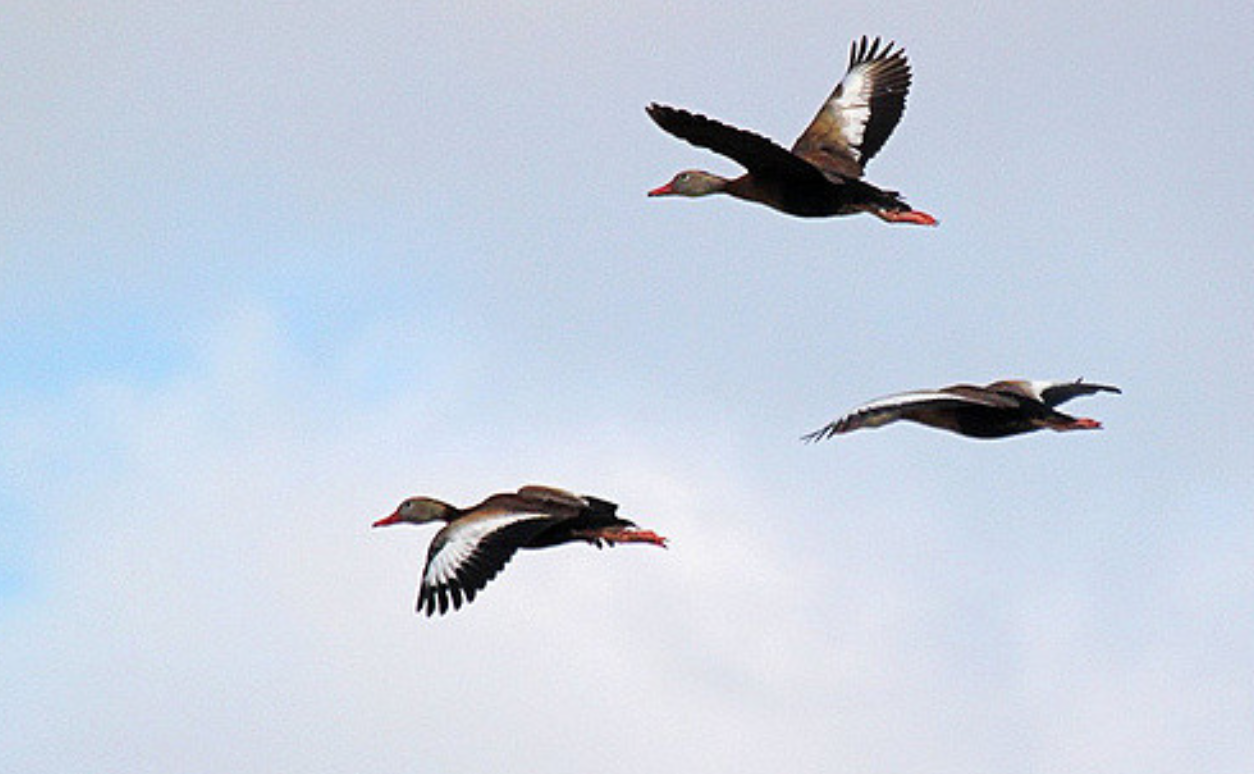Nine million acres of coastal prairie once covered what is now eastern Texas and Louisiana. Today, Houston's Katy Prairie Conservancy has purchased or conserved through easements some 20,000 acres, a fraction of what once was. Between 1992 and 2010, Harris County lost roughly 30 percent of its freshwater wetlands, made up primarily of coastal prairie, according to a study from Texas A&M University.
With three major flood events in as many years, Houston has faced increased scrutiny about its development, regulation and resiliency and experts have pointed to this loss of coastal prairie as one of several factors contributing to the area's increased flooding.
“Nobody does nature as well as nature does it,” Mary Anne Piacentini, executive director of the Katy Prairie Conservancy, said at a recent panel discussion on flooding.
Amid calls for green infrastructure and conservation, environmental advocates are also highlighting the toll the loss of coastal prairie has had on animals, including hundreds of species of birds.
"Harvey has strengthened our resolve to work collaboratively," said Sarah Flournoy, the Bird-friendly Communities Program Manager for the Houston Audubon Society. "How can we design our environments to support happier, healthier, more engaged communities? We know there are great benefits to connecting with nature, and we have to remember that 'real nature' acknowledges the natural history of the area."
Now, the Houston Audubon Society has created a set of recommendations for creating bird friendly developments and cities, including the following:
Include eight to ten large, native species trees per acre of developed land
Include 25-35 large shrubs, eight feet or larger, per acre of developed land
Convert 50 percent of manicured lawns to native prairies, including vegetation from both tall grass and wildflower groups
Provide at least one source of water for every five acres of development
Where space allows, create wildlife preserves with sources for nesting, water and food
The organization also provided architectural recommendations for individual building projects, including the following:
Design landscaping to keep birds away from building facades
Shield or direct outside lighting to minimize attraction to night-migrating species
Turn off or minimize interior lighting at night
The society also offered environmental design guidelines, including the following:
Use 80 to 90 percent native plant species
Create layers of vegetation consisting of canopy, mid story and understory to mimic native habitats
When possible, plant trees in stands or groups rather than individually
The society operates a number of sanctuaries around the region. During Hurricane Harvey, those sanctuaries received minimal erosion, according to the group. "It is what coastal resiliency is all about, ecosystems able to withstand and flourish in the face of dynamic weather events," wrote Richard Gibbons, conservation director for the group, in a statement shortly after the storm.
A full estimate of the impacts of the storm will be available after the annual count in December.
"The time has come for our human-dominated landscapes to decide how we will respond to these bigger, wetter, stronger weather events," added Gibbons.
"As Houston continues to commit to green infrastructure," said Flournoy, "implementing bird-friendly practices will ensure a richer, healthier environment for birds and people."


